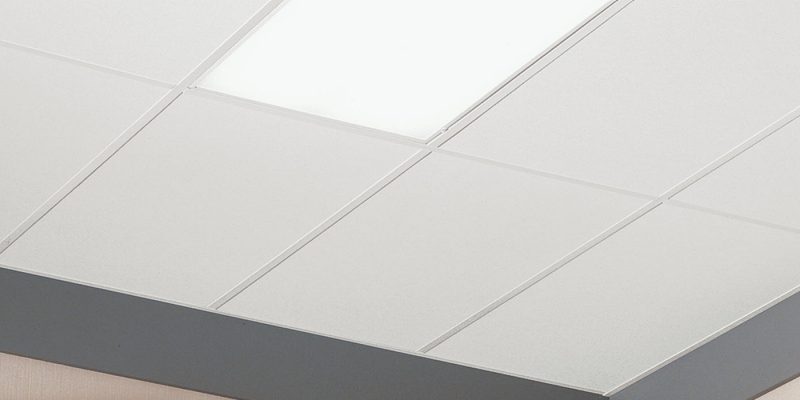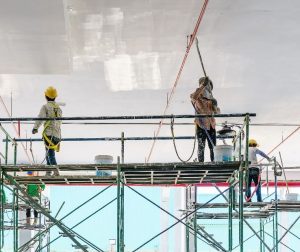Are you looking to create a pristine environment in your clean room facility? Clean room ceiling tile play a crucial role in maintaining cleanliness and controlling contaminants. In this comprehensive guide, we’ll delve into the world of clean room ceiling tiles, covering their maintenance, installation, and the benefits they provide.

Understanding Clean Room Ceiling Tiles
Clean room ceiling tiles are specially designed to meet the stringent requirements of controlled environments, such as pharmaceutical facilities, laboratories, and manufacturing plants. These tiles are engineered to minimize particulate contamination, resist microbial growth, and maintain a sterile environment.
Maintenance of Clean Room Ceiling Tiles
Regular Cleaning
Routine cleaning is essential to prevent the accumulation of dust, debris, and other contaminants on the surface of clean room ceiling tiles. Use a mild detergent solution and a non-abrasive cloth to gently wipe down the tiles, taking care not to scratch or damage them.
Inspection and Replacement
Regular inspection of clean room ceiling tiles is necessary to identify any signs of damage, discoloration, or degradation. Promptly replace damaged tiles to maintain the integrity of the clean room environment and prevent the spread of contaminants.
Installation Guidelines
Proper Sealing
Ensure that clean room ceiling tiles are properly sealed to prevent air leakage and minimize the infiltration of contaminants from the plenum space above. Use appropriate sealants and gaskets to create an airtight seal around the perimeter of each tile.
Read too: Discovering the Charm of Nautical Outdoor Ceiling Fans for Your Coastal Retreat: Sail into Style
Grid Alignment
Proper alignment of the ceiling grid is crucial for the installation of clean room ceiling tiles. Use a laser level or string line to ensure that the grid is perfectly square and level, minimizing gaps and inconsistencies between tiles.
Benefits of Clean Room Ceiling Tiles
Contamination Control
Clean room ceiling tiles help to minimize the presence of airborne particles and contaminants, creating a controlled environment suitable for sensitive manufacturing processes and research activities.
Sterility Maintenance
Clean room ceiling tiles’ non-porous surface prevents moisture and microbial growth, crucial for sterile environments in pharmaceutical and biotech production.
Ease of Maintenance
Designed for easy cleaning and maintenance, clean room ceiling tiles reduce downtime and labor costs associated with facility upkeep.
Conclusion
Clean room ceiling tile are an integral component of controlled environments, providing contamination control, sterility maintenance, and ease of maintenance. Follow maintenance and installation guidelines to keep your clean room facility compliant with regulations and running efficiently.

